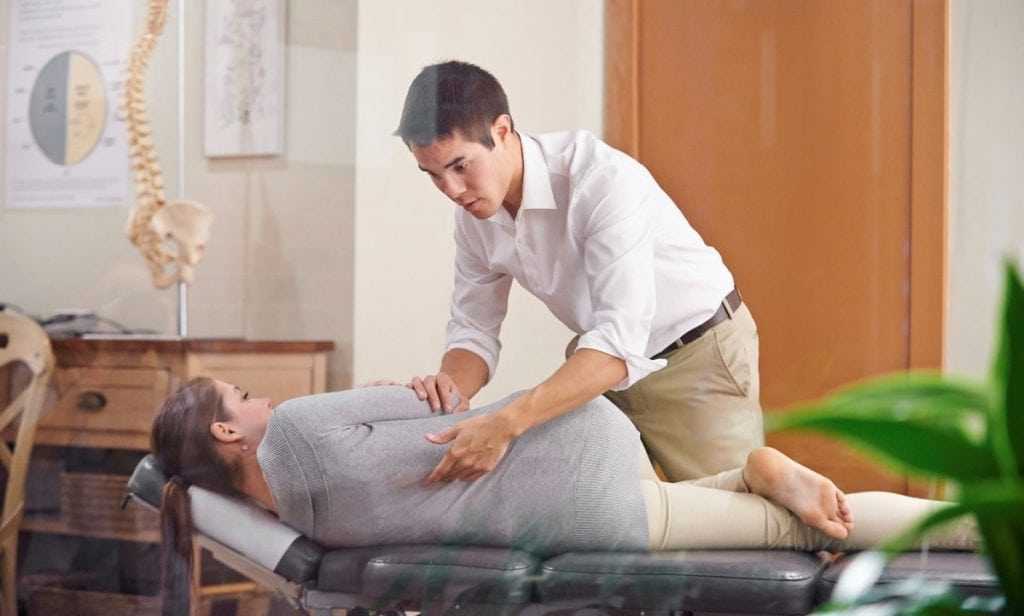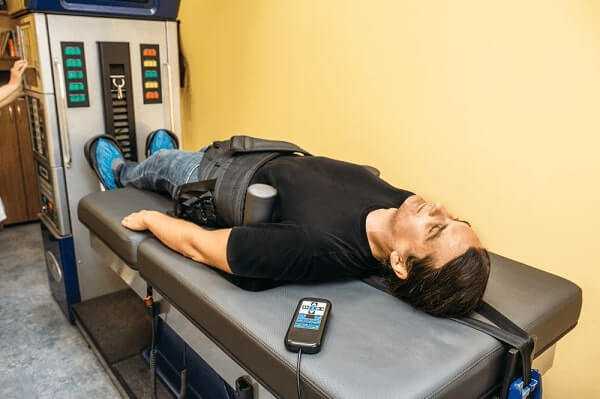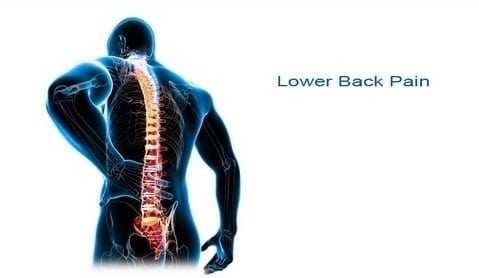When should I have chiropractic, and when should I avoid It?

The point of all of these stories is that a manipulation can help relieve acute neck, chest, and lowback pain in the right candidate, but not in older people, not sick people, and not people who have had an injury. There is no place for it in chronic back pain, in my opinion. In fact, repeated manipulations over an extended period of time may contribute to chronic pain.

My father may have benefited from chiropractic manipulation for his acute attacks of back pain. On the other hand, my aunt could have been seriously harmed by a manipulation for her neck pain because she had a severe constriction of her spinal canal pressing on her spinal cord. A manipulation of her spine could have left her acutely paralyzed.
Your chiropractor is well aware of who is a candidate for adjustments and who should not have spinal adjustments. I only adjust patients after I am satisfied that they do not have a herniated disc, severe spinal stenosis, a vertebral fracture, osteoporosis, arthritis, an infection, or a tumor. Rarely will I perform a spinal manipulation on someone over 60 years of age, and I would not manipulate anyone under the age of 16. These are the age groups in which serious conditions are more likely to be causing the back pain.
There is some clinical research — evidence-based medicine — that shows that the natural course of acute low-back pain attacks can be shortened by manipulations. I have seen this in my patients and use this method when it is indicated.

Periodically I will see a patient who has gotten into the habit of repeatedly twisting their neck or low back for relief. I call this “auto-manipulation,” and I do not advocate this. I think that repeated passive twisting of the spine must contribute to further weakening of a degenerated disc. Although the manipulation feels good at the time, it may result in more back pain a few days later when a sprained disc becomes inflamed and painful.
Another scenario I sometimes see is the person who had dramatic relief of an acute back pain by a chiropractic treatment. They are then convinced to have “maintenance treatments” to prevent further attacks of pain.

The manipulations are performed not only at the originally painful area of the spine, e.g., low back, but along the entire spine. The person then begins to develop aching along the whole spine but does not attribute these new symptoms to the repeated manipulations. When I see a patient with this history I suggest that they stop all treatments, and their generalized spine pain goes away. I have seen similar symptoms that have been caused by repeated deep massage or the use of a vibrating device. I suspect that the small joints in the spine — the paired facet joints at each disc level of the entire spine — are irritated by repeated manipulation or vibration and become symptomatic from these maneuvers. For this reason I do not recommend repeated manipulations, massage, or vibration for treatment of spine pain.
There are possible risks from manipulation of the spine, just as there are with any treatment. The most serious reported complications of spinal manipulation are stroke, paralysis, massive disc herniation with cauda equina syndrome, and vertebral fracture. Degenerative disc disease in the neck usually results in the build-up of bone spurs (osteophytes) around the border of the disc. There is a pair of arteries (vertebral arteries) carrying blood to your brain in a tight bony canal on either side of the discs in your neck. These arteries can be constricted by bone spurs from adjacent degenerative discs.
There have been cases in which a manipulation of the neck caused the bone spurs to block the arteries, causing a stroke, blindness, and even death. The same bone spurs can contribute to spinal stenosis in your neck. There have been case reports of paralysis coming from manipulation of an arthritic neck when the bone spurs were made to press harder into the spinal cord. I do not recommend that older individuals who are prone to degenerative arthritis have manipulation for pain because of these risks.
Mark D. Brown is Professor and Chairman Emeritus of the Deparment of Orthopaedics and Rehabilitation, University of Miami Miller School of Medicine.






